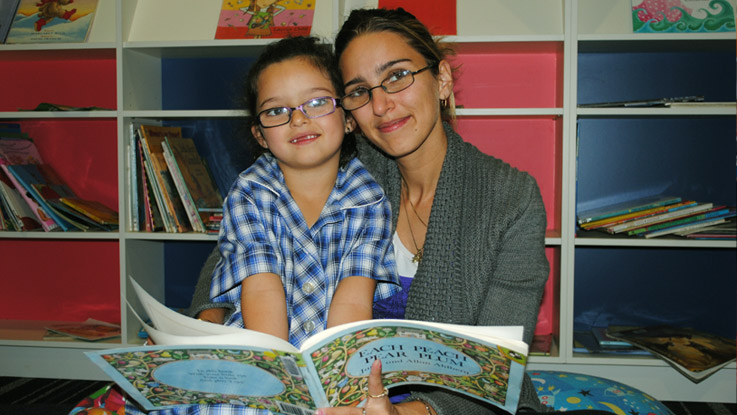
New Ways of Thinking About Volunteering
Doug Taylor
Chief Executive Officer at The Smith Family
One of my earliest memories as a child is sitting in the back seat of our family car while my mother drove isolated people around our town to doctors’ appointments and the shops. It was an act of service but also a way to make connections in a town we’d recently moved to.
This had a profound impact on me and how I relate to people that have had different life experiences to me, and has resulted in lifelong volunteering.
Times have changed a lot since the late ’70s and I’m not sure how many young people grow up having had these same experiences. For many families, time is tight with both partners often working to support higher costs of living and this impacts the way we now volunteer in our communities.
All of this is reflected in the national volunteering stats, with the latest Census data showing a 19 per cent decrease in volunteering since 2016. The decline has been a worrying trend for some time, predating the obvious impacts of COVID.
Volunteering has been a feature of our history at The Smith Family, ever since our organisation began in the 1920s. Back then, most of our family relief work was done by members and volunteers, and while our present-day focus has shifted to education support for children experiencing disadvantage, volunteers continue to be a critical enabler of our work.
Thousands of volunteers each year play a vital role in our learning support programs and provide invaluable in-house administration support, with the students and families we support being the ultimate beneficiaries.
Despite this long history, we have not been immune to the downward trend in volunteer numbers and it has been vitally important for us to rethink our approach.
Similarly any organisation that wants to involve volunteers needs a different way of thinking about volunteering in the 21st century. A collective re-imagining of the future of volunteering is critical to help us meet the changing environment.
Volunteering Australia recently released a new strategy to reset the course for volunteering over the next decade and one of the big shifts in the report is repositioning volunteering, not just as a means to supporting the work of organisations like ours, but as an end in itself.
In practice, this means putting the volunteer, and their needs and aspirations, front and centre – and importantly, adapting to how volunteers want to give their time.
In our work at The Smith Family, this has meant pivoting to new ways of volunteer involvement and diversifying the type of roles available, such as offering more short-term options and transitioning some of our core volunteer activities online.
The recognition and appropriate resourcing of volunteer leadership and management is critical here to make the volunteer experience what it should be. In fact, the commissioner of the Australian Charities and Not-for-profits Commission recently referred to volunteer managers and leaders as the “unsung heroes” of the charity sector, citing the complexity of this work.
We also need a greater collective effort to reposition volunteering in the minds of the Australian community. Particularly in the wake of COVID, the social and mental health benefits of volunteering cannot be understated.
And for young people, the value of volunteering – in building skills, self-esteem, social connections and more – will benefit them throughout their lives. I see this in my own family but also in the wonderful young volunteers we engage at The Smith Family through initiatives like our student2student peer reading program.
Times have changed but we have an opportunity now to re-inspire and re-engage our communities. Volunteering is too important for our country to not do all we can to make sure it doesn’t become a quaint relic of the past.
The task ahead is not small but I am confident we are well placed to ensure volunteering thrives into the future, with the new national strategy – a hugely important piece of work for our sector – helping to guide the way.
This story was originally published by Pro Bono. Read it here
